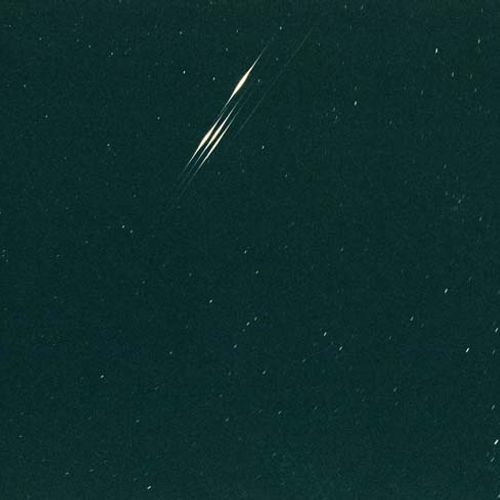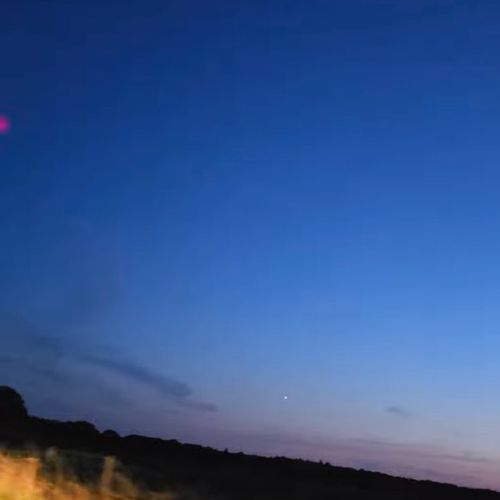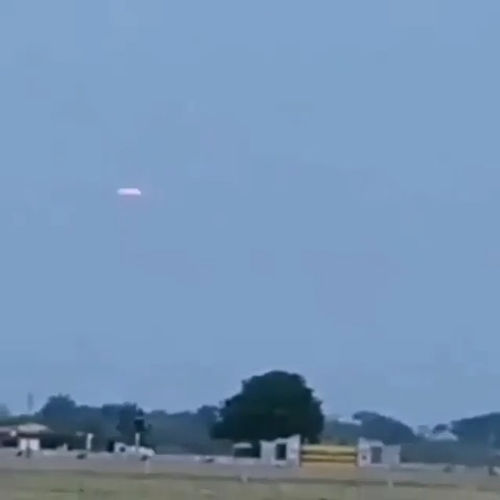| ID | #1686592974 |
| Added | Mon, 12/06/2023 |
| Author | July N. |
| Sources | |
| Phenomena | |
| Status | Hypothesis
|
Initial data
A triangle of stars, which went out one after the other, was seen over the city of Enschede.
An eyewitness writes:
A triangle of very bright stars frozen in the sky. So I interpreted it as a constellation and was surprised to see it because I didn't know this constellation. I thought it might be part of a constellation, and the rest of the stars are hidden behind a cloud (although the sky was clear).
I saw a star go out, then another, and finally all three. I thought again that it was because of a small cloud (otherwise the night was clear), but this explanation was untenable because the stars did not return.
It didn't occur to me to take a picture of him until the stars disappeared.
Original news
Driehoek van sterren die een voor een uitdoofden
ENSCHEDE, OV — Een driehoek van zeer heldere sterren, die stilstonden aan de hemel. Ik interpreteerde het daarom als een sterrenbeeld en was verbaasd dit te zien, omdat ik dat sterrenbeeld niet kende. Ik dacht dat het misschien een deel van een sterrenbeeld was, waarbij de rest van de sterren achter een wolkje zat (het was echter een heldere hemel). Ik zag een ster uitdoven, en daarna nog een en tenslotte alle drie. Ik dacht weer dat dit door een kleine wolk kwam (het was verder een heldere nacht), maar die verklaring was niet houdbaar omdat de sterren niet meer terugkwamen. Ik ben niet op het idee gekomen er een foto van te maken tot de sterren weg waren.
Onvoldoende informatie
Op basis van de beschikbare informatie zijn er geen of meerdere verklaringen mogelijk.
Hypotheses
The heavenly bodies

The brightest heavenly bodies in the sky are Venus, Jupiter, and sometimes Mars and, of course, the Moon.
Venus is the bright yellow of the evening or morning star, shining in the sky on the background of evening or dawn. Maximum brightness of Venus can reach up to 4.3 m, and she is the third brightness of the sun in earth's sky after the sun and the moon. It so well reflects the light of the Sun that it is relatively easy to see and day, especially if you know the location. It manifests itself in the form of tiny blinking white dots.
Satellite

Ordinary satellites, which often look like single, not very bright luminous dots moving smoothly in the night sky, are quite often mistaken for UFOs. After the Starlink satellites (near-Earth satellite systems developed by SpaceX, in order to create a cheap and high-performance satellite Internet communication channel and technical transmitters for receiving and transmitting signals from earth and orbit) were launched, it became possible to observe groups of satellites (up to 60 pieces) flying one after another.
Investigation
Resume
Similar facts
Log in or register to post comments




